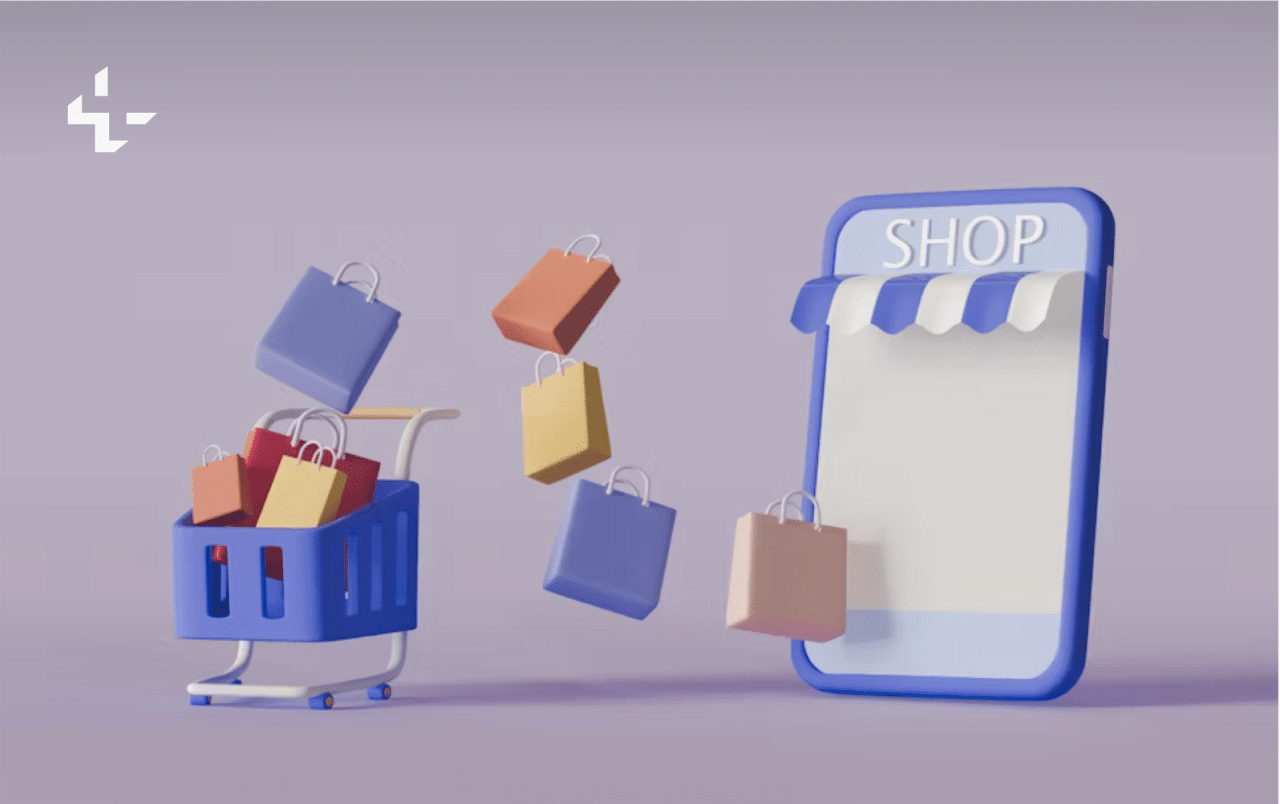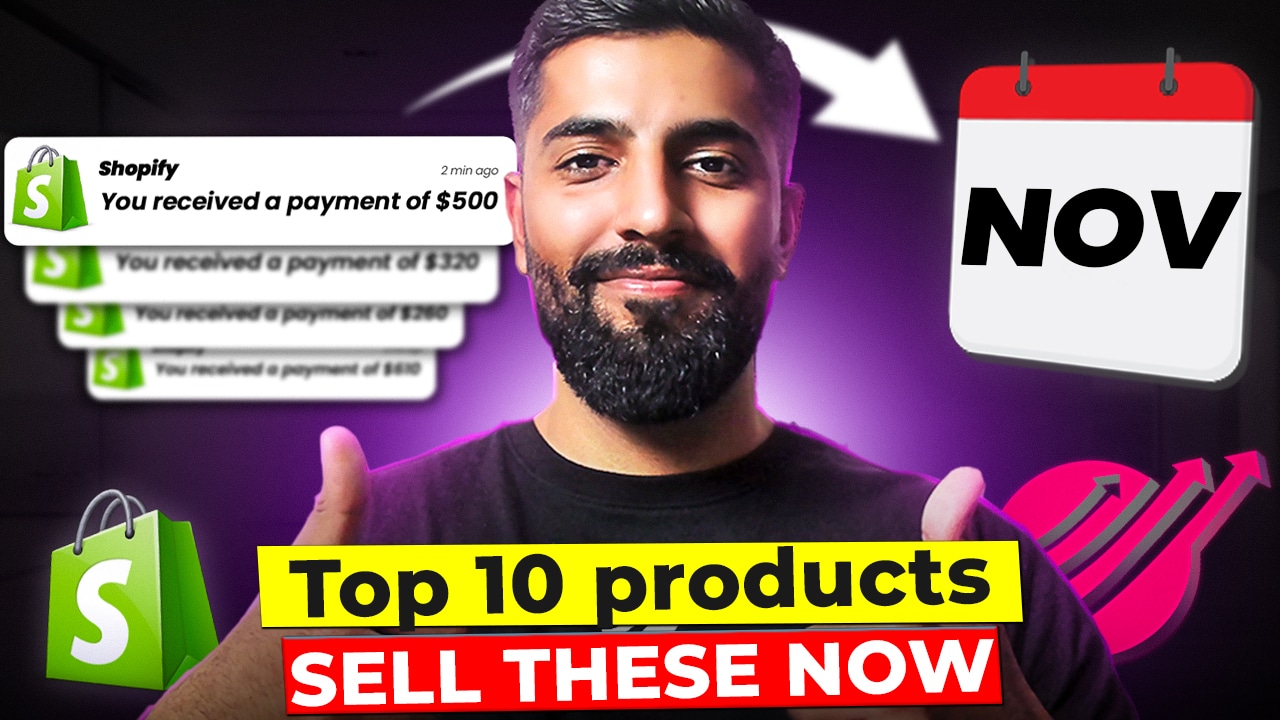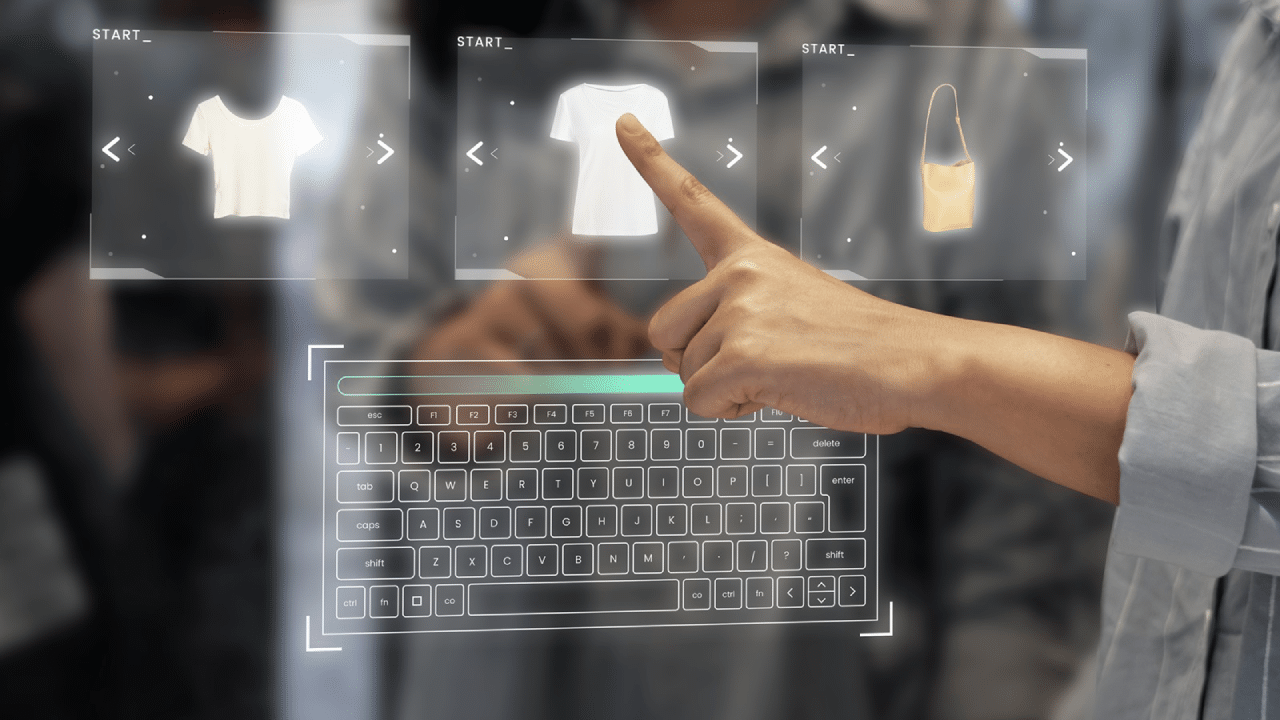2026 Best Dropshipping Platforms For Shopify Stores: Sell The Trend & More
Contents
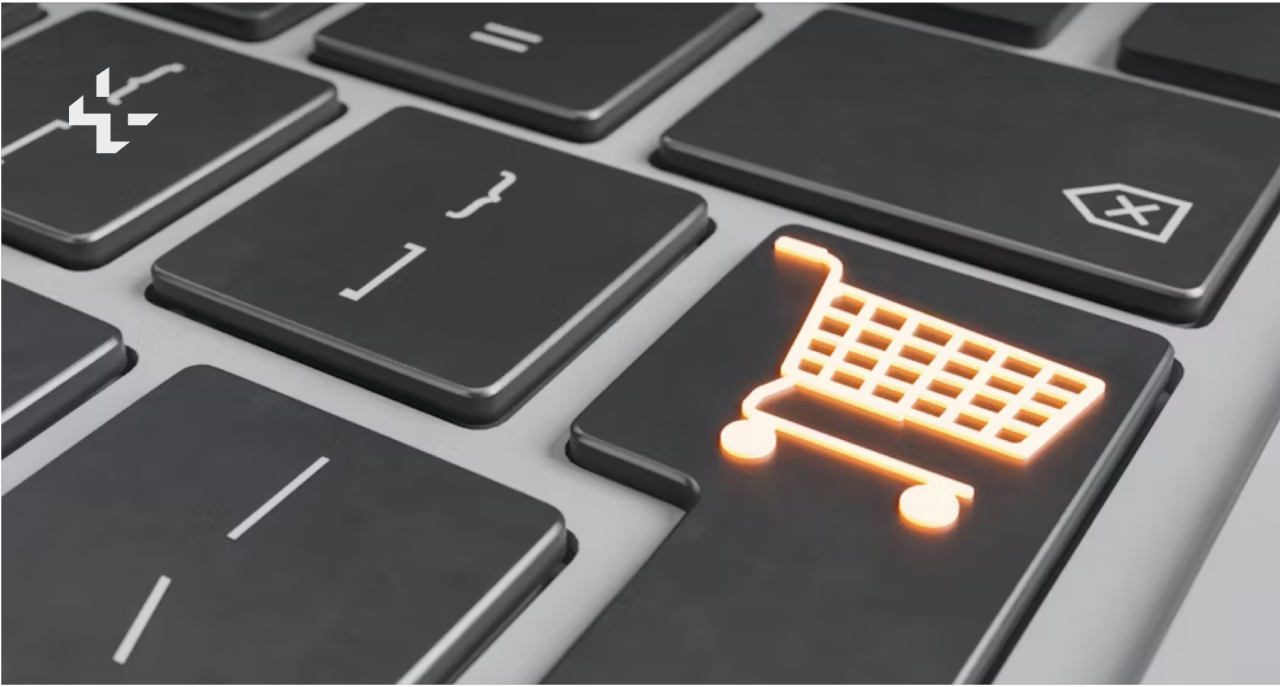
Ever spent hours searching for dropshipping companies for Shopify, only to end up more confused than before? Maybe you’ve signed up for a platform that promised fast results—then found yourself dealing with slow shipping or unhappy customers. That’s exactly why this guide exists.
Most lists just repeat the same names, but I’ve actually tested these platforms myself, from Sell The Trend to new picks for 2026.
If you’re tired of trial and error and just want the best dropshipping platforms for Shopify stores that work, this is for you. Let’s skip the hype and find what actually delivers.
Key Takeaways
- The best dropshipping suppliers stand out for product variety, reliable shipping, and smooth Shopify integration.
- Top dropshipping companies make it easy to manage inventory, fulfill orders quickly, and expand to new sales channels as your business grows.
- Sell The Trend makes it easier to discover top-selling items and test what works before the market gets crowded.
- Success comes from using platforms that let you automate order processing, so you can scale without extra manual work.
- Staying flexible and tracking trends allows your store to adapt quickly and stay ahead in the dropshipping market.
What Are The Best 8 Dropshipping Platforms For Shopify Stores (2026)?
There are a lot of options out there, but not every dropshipping platform lives up to the hype—especially if you want to run a serious Shopify store in 2026.
Here’s my honest look at the 8 best dropshipping platforms I’d trust to build or scale a real business on Shopify this year.
1. Sell The Trend
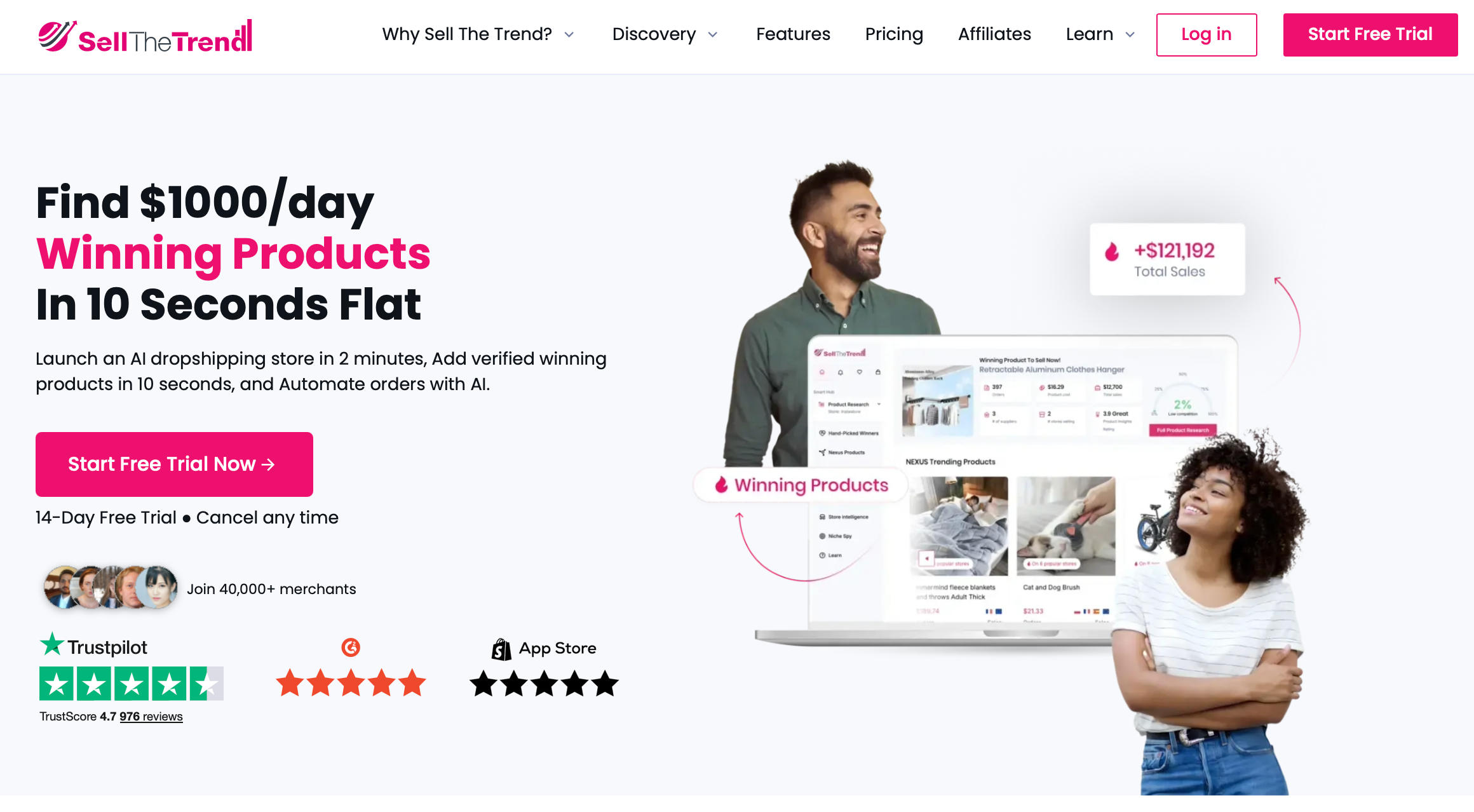
Sell The Trend is the first dropshipping platform I tell people about when they ask me how to get started with Shopify. After testing nearly every tool out there, this is the one I keep coming back to—especially when I want real product ideas and not just another list of “winning products” that everyone else is already selling.
One thing I love about Sell The Trend is how quickly I can spot trends before they go viral. The NEXUS tool pulls in data from across the web, so I don’t have to waste hours on manual research.
When I see something spiking in the data, I know I’m early, and I can launch my store ahead of the crowd. Add in the one-click product import, and I’m not fumbling with CSV files or clunky dashboards. Everything just flows straight to Shopify.
The dashboard is packed with features: AI-powered product discovery, influencer marketing insights, store and product analytics, and even automated order fulfillment. I’ll admit, it felt overwhelming when I first logged in.
But once I set aside an hour to play around, I realized it was all there for a reason. I can launch campaigns, analyze my sales, and find new suppliers—all from one place. That’s a game-changer if you’re running more than one store or want to move fast.
Pros:
- Powerful NEXUS product research tool
- Reliable one-click import to Shopify
- Helps me catch new trends before others
- Supports multiple stores from one dashboard
- Customer support actually answers my questions
Cons:
- Higher monthly price than basic apps
- Learning curve if you want to use every feature
If you’re serious about finding products that actually sell, I’d start with Sell The Trend. It helped me find my first winning product, and I keep using it for new stores because I know I’m not just copying everyone else.
The price is higher than entry-level tools, but I think of it as an investment—especially if you want a shortcut to what’s working right now. Once you get past the dashboard learning curve, you’ll see why so many Shopify sellers swear by it.
2. DSers
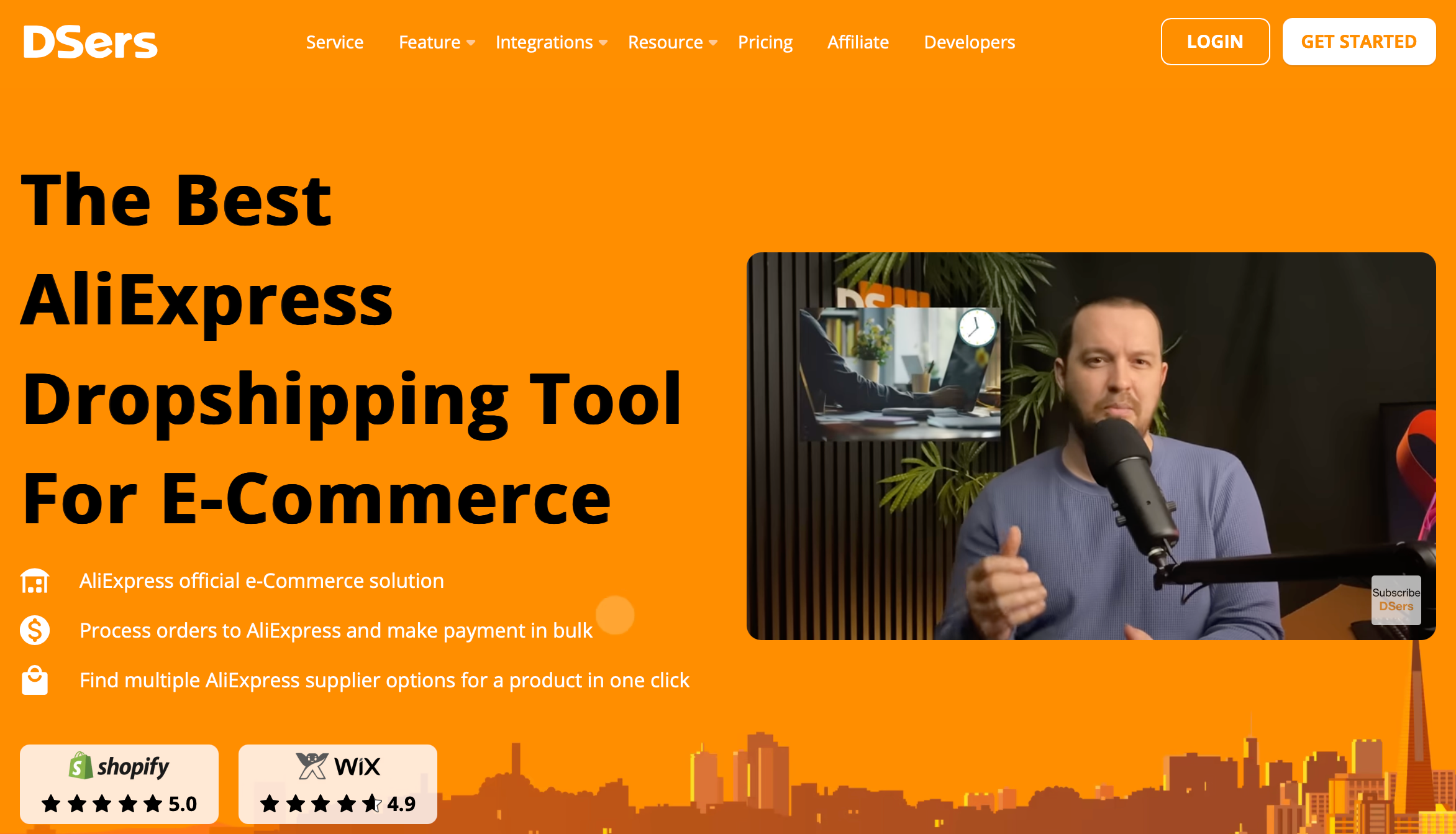
DSers is my go-to platform whenever I want to work directly with AliExpress suppliers for my Shopify stores. If you’re familiar with Oberlo, you’ll find DSers is like its smarter, faster cousin—it’s now the official AliExpress dropshipping partner, which brings a lot of peace of mind for reliability and support.
What stands out to me about DSers is how much time it saves with bulk order processing. When you get more than a handful of orders a day, placing them one by one on AliExpress is a nightmare. DSers lets me select multiple orders and send them all at once, which is a total lifesaver.
The supplier mapping feature also means I can easily swap out suppliers if one product goes out of stock or I find a better price. That’s something that used to take hours—and a lot of headaches—before I switched.
The setup is simple. DSers plugs right into my Shopify store, and after a quick sync, I can start importing products directly from AliExpress. The free plan is surprisingly generous, too. I usually recommend it to people who are just starting and want to keep costs low. That said, some of the advanced automation and product bundle features do require a paid plan, but you can scale up as your business grows.
Pros:
- Official partner with AliExpress
- Fast bulk order processing
- Supplier mapping to switch vendors easily
- Free plan covers basics
- Good for high-volume stores
Cons:
- Mostly focused on AliExpress products
- The interface isn’t the cleanest
- Lacks some advanced analytics
If your dropshipping business is built around AliExpress, DSers should be your first stop. It’s not flashy, and the dashboard can feel old school, but it’s solid and gets the job done. I use it for stores where I want to test lots of low-cost products or keep my overhead minimal.
It’s also great if you’re moving from Oberlo and don’t want to start from scratch. As your store grows, you might outgrow DSers, but it’s a perfect launch pad for Shopify dropshipping.
3. Zendrop
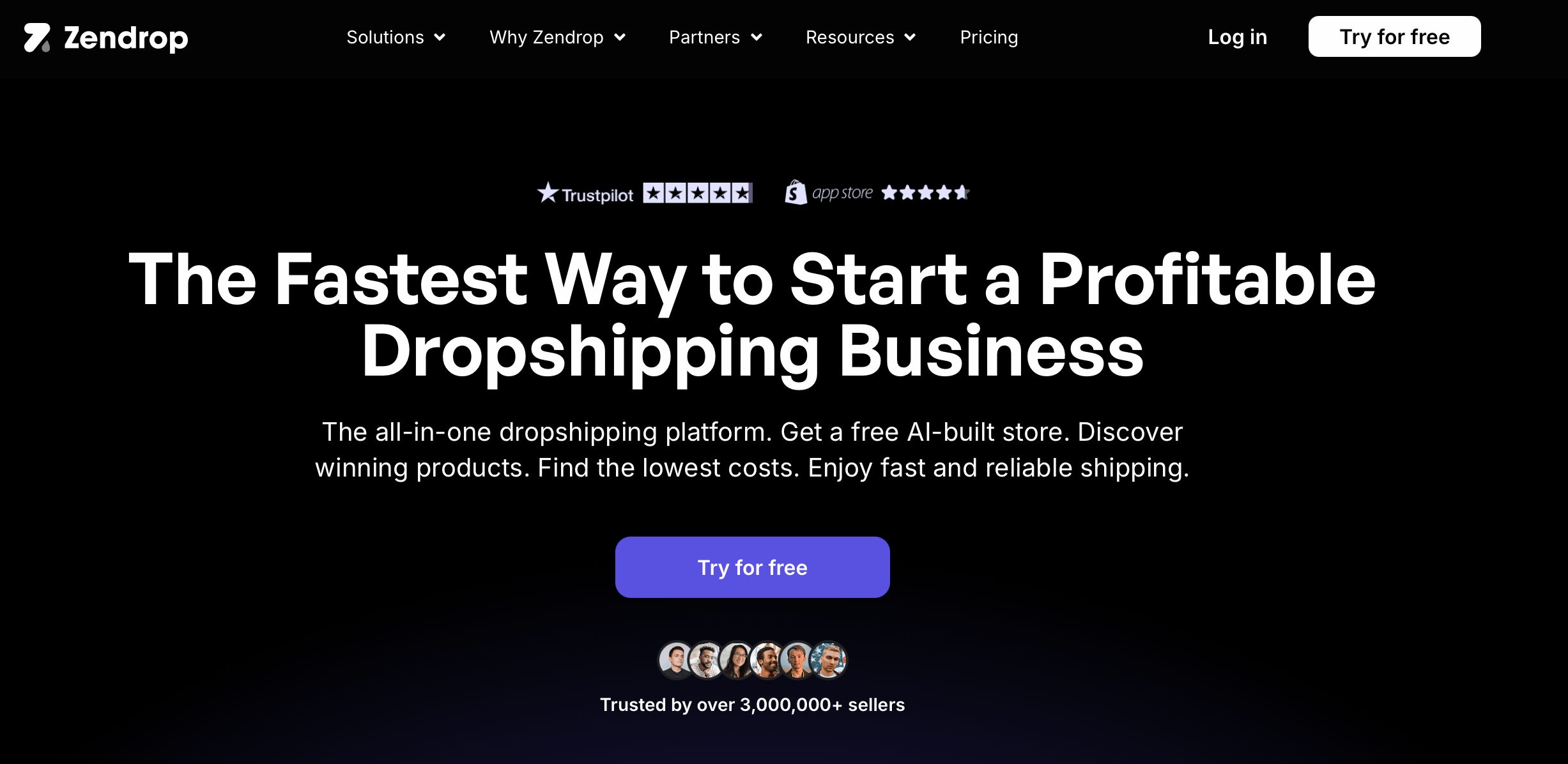
Zendrop is a platform I reach for when fast US shipping is a top priority and I want to build a real brand. A lot of dropshipping companies for Shopify promise quick delivery, but Zendrop actually delivers on it—especially for stores that target American customers and want to stand out with branded packaging.
What I like most is how easy Zendrop makes it to add products. The onboarding is simple, and the dashboard doesn’t make me dig through dozens of menus. I can browse products, set my price, and push everything to Shopify in just a couple of clicks. For new store owners, that simplicity is a huge relief.
Zendrop’s edge is its US-based warehouses. That means products reach my customers in just a few days, not weeks. I’ve noticed a big drop in refund requests and angry emails since switching some of my stores to Zendrop fulfillment. Plus, they offer private labeling and custom packaging, which is a huge bonus if you’re trying to create a real brand instead of just another generic shop.
There are some limits. The product selection isn’t as big as AliExpress-based platforms, and you’ll pay extra for premium features like automation and custom branding. But for me, the time and stress I save is worth it.
Pros:
- Fast US shipping from local warehouses
- Easy, modern dashboard
- Private label and custom packaging options
- Good support, quick to respond
- Great for building a brand
Cons:
- Smaller product catalog
- Premium features cost more
- Not the best for international shipping
My Take:
Zendrop is the platform I choose when customer experience comes first. If you want happy customers, fewer complaints, and the option to grow your own brand, it’s worth paying for the extra features. The product selection might be smaller, but for me, the trade-off is totally worth it. I recommend Zendrop to anyone who’s ready to take their Shopify store from “just another dropshipper” to a real business.
4. Modalyst
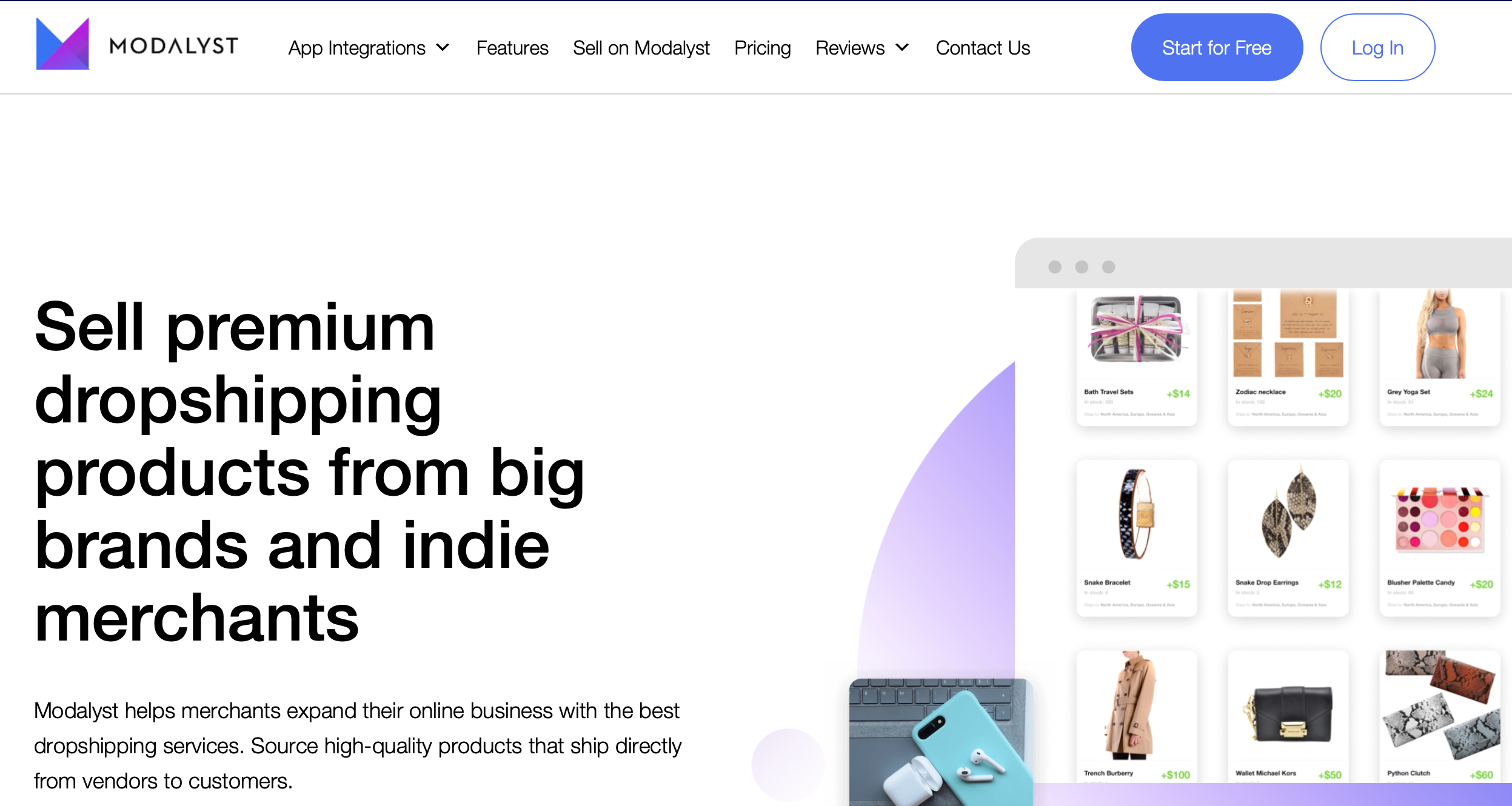
Modalyst is one of those dropshipping platforms that surprised me with how much it could simplify the search for unique, high-quality products for my Shopify store. I first tried Modalyst when I wanted something beyond the usual AliExpress gadgets and “seen-it-everywhere” products.
What set Modalyst apart right away was its focus on suppliers from the US, UK, and Europe, not just China. This meant my customers weren’t waiting weeks for shipping—and that alone made a huge difference for my store’s reviews.
Connecting Modalyst to Shopify was quick, and the dashboard felt modern and easy to navigate. I remember browsing their marketplace and seeing name-brand items and even eco-friendly lines I hadn’t found on other dropshipping platforms.
I’ll admit, the product catalog isn’t as gigantic as some of the bigger competitors, and you’ll find that the best features—like premium brands and custom packaging—come at a higher monthly fee. Still, for me, the time saved and the boost in customer satisfaction made it worth it, especially when I wanted to stand out from other Shopify dropshipping stores.
Pros:
- US, UK, and EU supplier focus means faster shipping
- Easy one-click import to Shopify
- Option for private-label and custom packaging
- High-quality, unique, and even name-brand products
- Simple, clean dashboard for managing everything
Cons:
- Monthly subscription can be pricey if you want all features
- Not as many product categories as some huge global catalogs
- Some suppliers still have longer shipping times—need to check before listing
Modalyst is where I go when I want to break out of the AliExpress crowd and build a real brand with products that ship quickly and reliably. It’s perfect for Shopify stores that care about quality and want to offer customers something they won’t see everywhere else.
Yes, you’ll pay a bit more, and you may need to dig to find just the right items, but the result is a smoother experience for both you and your customers. If you’re aiming to scale up, improve reviews, or just want less hassle with shipping, Modalyst is absolutely worth a try.
5. Syncee
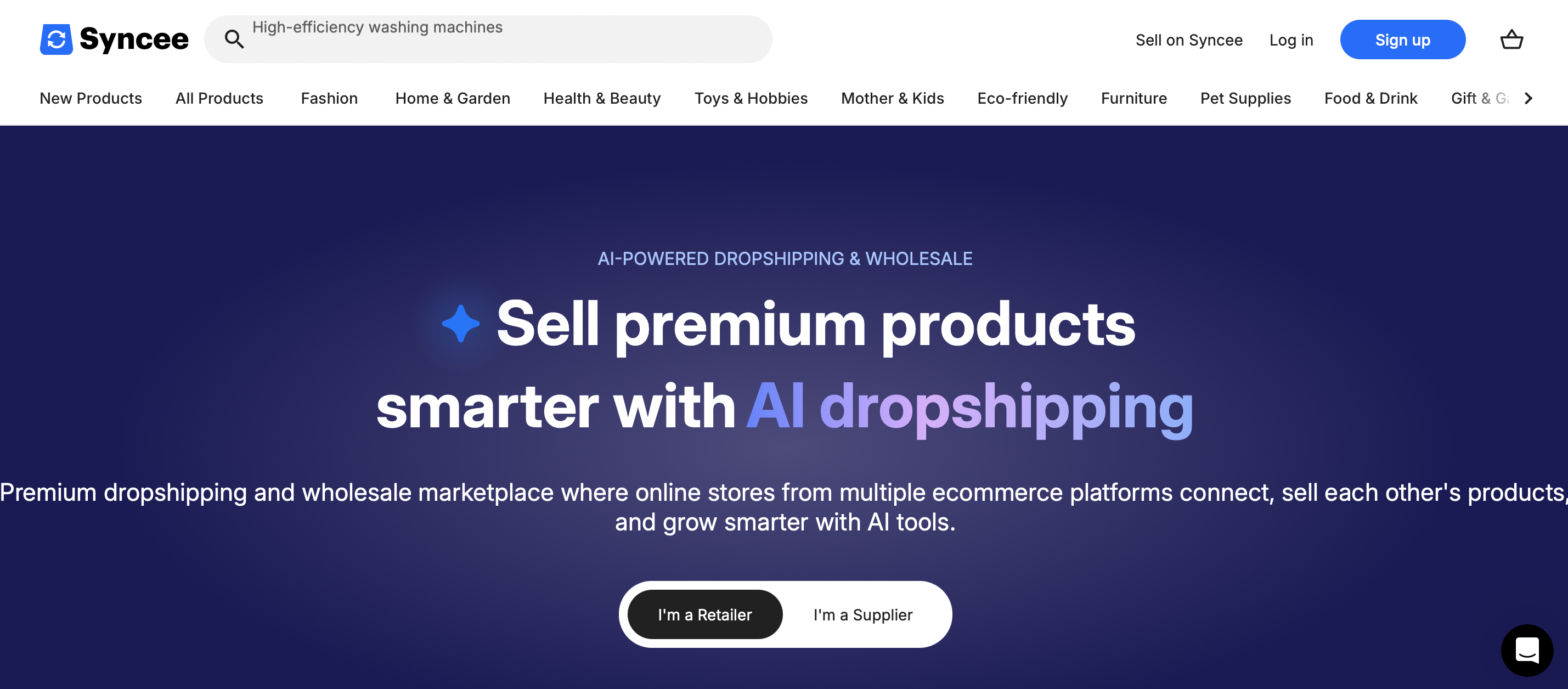
Syncee is a dropshipping platform I started using when I wanted more control over which suppliers I worked with and needed options that went beyond the standard, mass-market products. What really attracted me to Syncee was how global its reach was.
Instead of being tied to just one region or shipping network, I could source products from suppliers in the US, UK, Europe, Australia, and more—all directly inside my Shopify store.
The setup was quick: I installed the Syncee app, browsed their supplier marketplace, and used their smart filters to narrow down the best products for my niche.
What I liked is that Syncee lets you communicate directly with suppliers, so I could ask about stock, shipping times, or even request special packaging. That extra bit of personal touch made me feel more like a real business owner, not just someone copying links and hoping for the best.
The downside? Because Syncee offers so many suppliers and products, you’ll need to spend some time filtering out the less reliable ones. I found the marketplace a bit overwhelming at first, and not every supplier offers the same speed or quality. But once I made a shortlist of favorites, it got much easier to manage.
Pros:
- Huge network of suppliers from the US, UK, EU, AU, and more
- Automated inventory and price updates
- Flexible for both dropshipping and wholesale
- Direct supplier communication
- Clean Shopify integration and easy import
Cons:
- Wide range means quality and shipping times can vary
- Learning curve when filtering suppliers
- Not every supplier offers branding or custom packaging
Syncee is a great choice if you want to diversify your store, avoid being stuck with just AliExpress, and actually talk to your suppliers. It’s especially useful for finding unique or locally sourced products, and I found it helped me test new niches without a lot of risk.
There’s a bit more work up front compared to plug-and-play platforms, but the flexibility and global reach are worth it—especially as your Shopify store starts to grow.
6. Trendsi
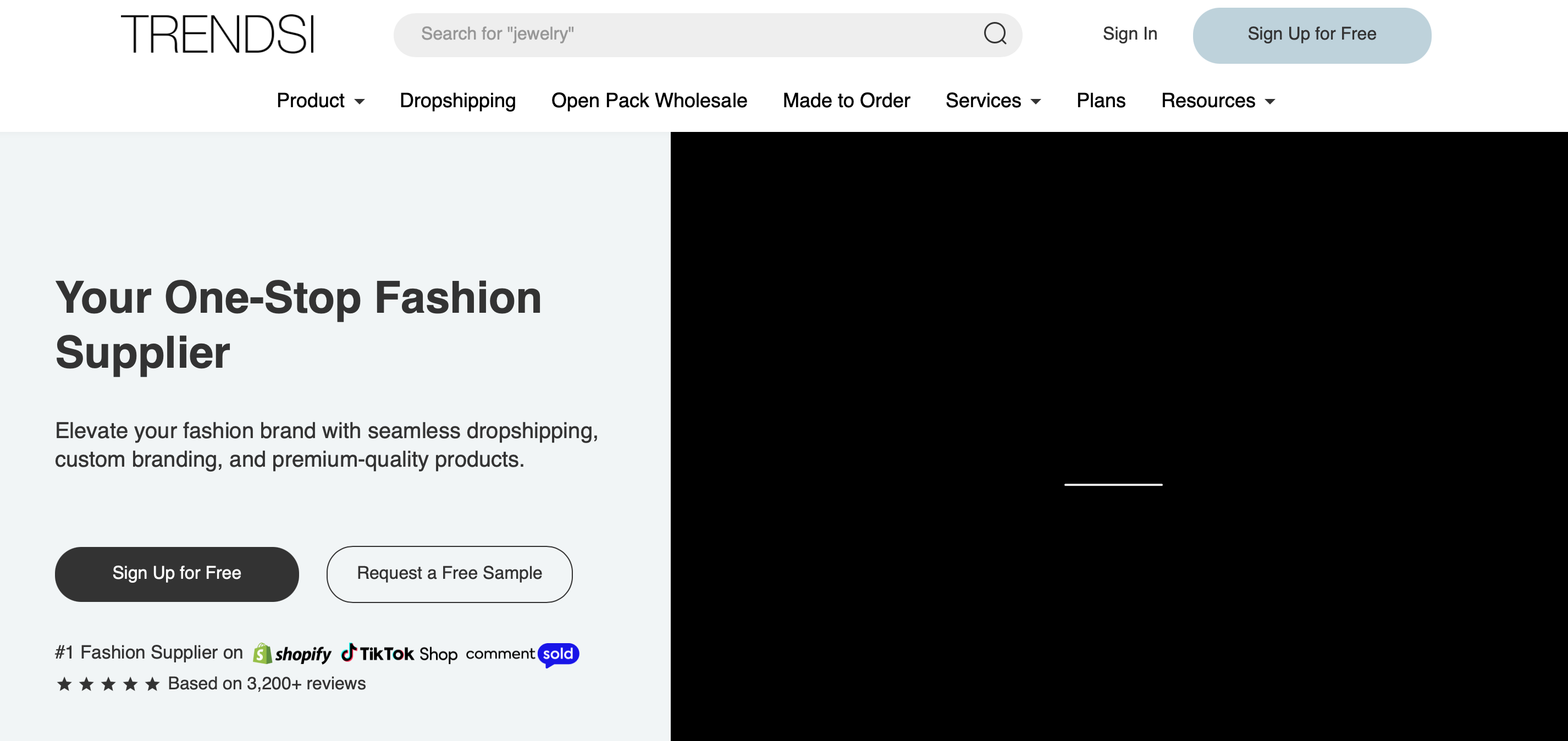
Trendsi is a dropshipping platform I tried when I wanted my Shopify store to look more like a real boutique, not just another online shop selling random products. If you’re in the fashion, jewelry, or accessories niche, Trendsi stands out because it’s built specifically for sellers who care about style, quick shipping, and having a modern, on-trend catalog.
When I signed up, I was surprised at how smooth the onboarding was. The Trendsi app connected right to my Shopify store, and I could browse trending clothing, jewelry, and accessories—all updated frequently so I never felt stuck with stale stock.
I liked that a lot of their inventory is in the US, which meant my customers actually got their orders in days, not weeks. That alone made a huge difference for my reviews and repeat sales.
The main downside I noticed? Trendsi is all about fashion and lifestyle. If you’re looking to add gadgets or home goods to your Shopify store, you’ll want to use another app alongside it. Also, since their focus is on curated collections, the overall catalog is smaller than the mega-platforms. But what you get is fresh, high-quality, and much easier to market as “boutique” or exclusive.
Pros:
- Trend-driven catalog, updated often
- US-based inventory for fast shipping
- Private label and branded packaging, even for small stores
- Built-in returns and exchanges
- Super easy Shopify integration
Cons:
- Limited to fashion, jewelry, accessories, and some beauty
- Smaller catalog compared to general platforms
- Not ideal for other niches like tech or gadgets
If your Shopify store is in the fashion or lifestyle space and you want to look like a real brand, not a dropshipper, I highly recommend Trendsi.
I use it when I want to launch collections quickly, stay ahead of seasonal trends, and keep my customers happy with fast delivery and smooth returns. The focus and branding features make it feel less like a side hustle and more like a real business.
7. Wholesale2B
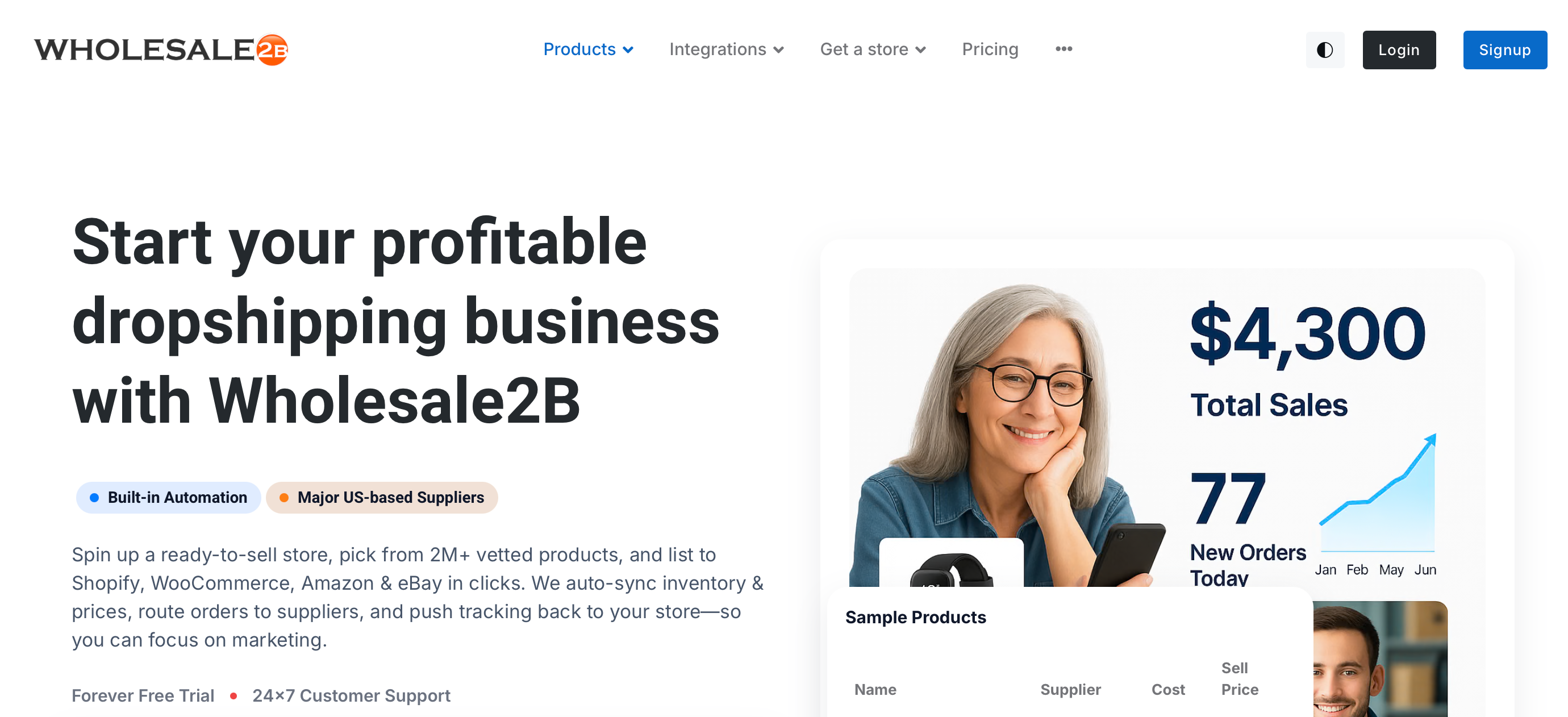
Wholesale2B is the dropshipping platform I look to when I want a massive product catalog and the flexibility to sell across multiple channels, not just Shopify. What grabbed my attention first was how many US-based suppliers they offer—great for cutting down shipping times, which is always a plus when you’re aiming for happy customers and fewer refund requests.
Setting up Wholesale2B with Shopify was simple. I just connected the app, picked from their catalog of over a million products, and started importing directly to my store.
This made it easy to experiment with new niches or seasonal trends without the usual risk of getting stuck with unsold stock. The dashboard lets me track everything in one place: orders, inventory, and shipments—even if I’m also selling on Amazon or eBay. That multi-channel flexibility came in handy when I wanted to branch out and test new markets.
On the flip side, because Wholesale2B is such a big aggregator, not every product has super-fast shipping or custom branding. I always double-check supplier ratings and delivery estimates before launching new products. The interface also feels a bit generic—don’t expect the bells and whistles of boutique-focused platforms. But when I need to scale fast or run several stores at once, that tradeoff makes sense for me.
Pros:
- Enormous catalog, with lots of US-based reliable suppliers
- Order, inventory, and fulfillment managed in one place
- Multi-channel support (Shopify, Amazon, eBay, and more)
- Easy integration and fast setup
- Great for scaling or testing new niches
Cons:
- Not every product ships fast—always check shipping times
- Less focus on branding or private label options
- Interface feels basic compared to some newer apps
Wholesale2B is my go-to when I want to experiment, scale, or simply get access to a huge range of products without a lot of hassle.
If you want to move quickly and don’t mind a more straightforward platform, it’s a strong pick. Just be smart about vetting products and suppliers for quality and speed, and it can easily become a backbone for a high-volume Shopify operation.
8. Doba
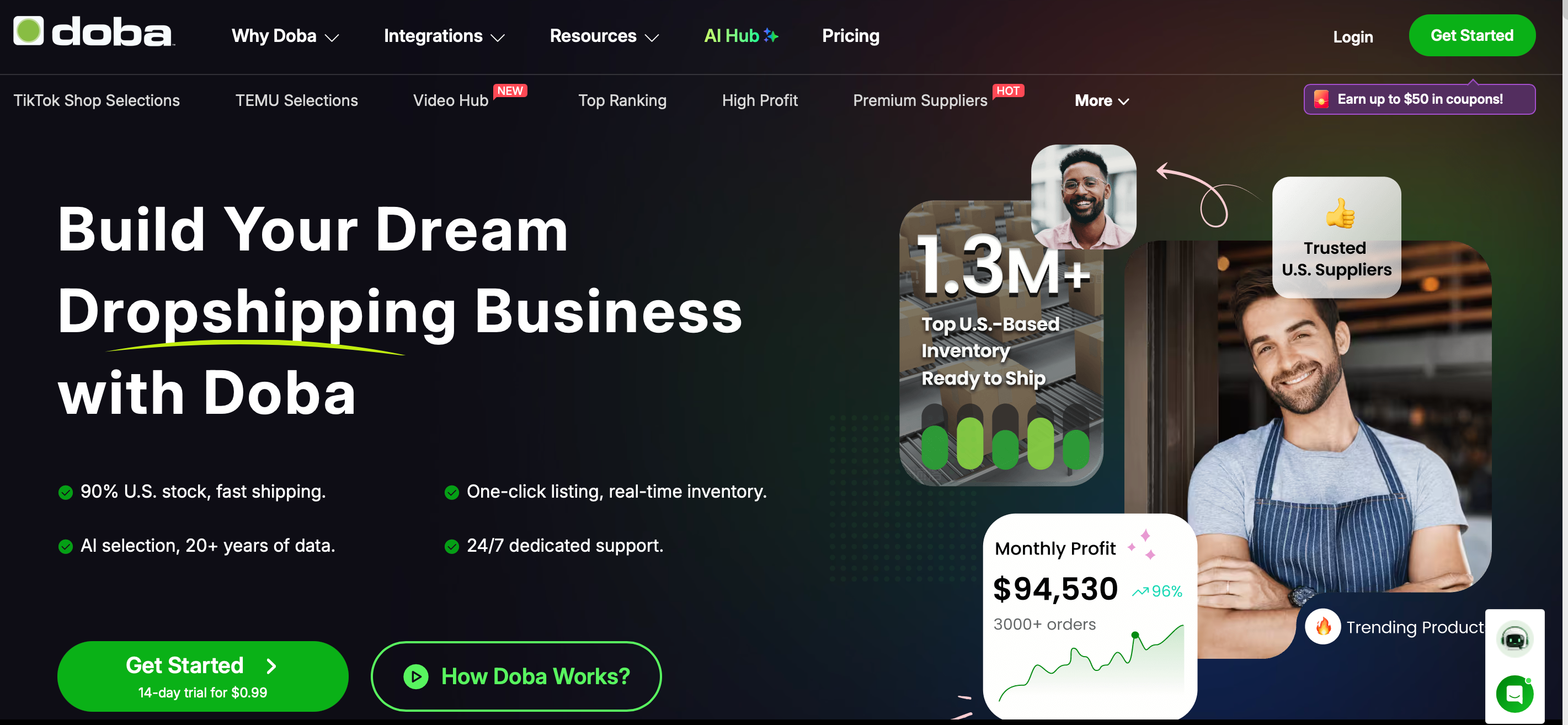
Doba is a dropshipping platform I turn to when I want broad access to thousands of products and suppliers in one place—without jumping between a dozen different sites.
When I first tried Doba for my Shopify store, what stood out was the sheer variety: electronics, home goods, toys, pet supplies, beauty, even automotive. It felt like a one-stop shop where I could easily test new niches or fill gaps in my catalog fast.
The integration with Shopify is straightforward. Once I set up my Doba account and connect it to my store, I can import products with just a few clicks.
The downside is that, because Doba is so broad, not every supplier has the fastest shipping or the kind of brand experience you’d get from a more boutique dropshipping platform. I’ve learned to focus on their top-rated suppliers and to always check shipping times before adding a new product. The monthly fee is also higher if you want advanced features, so you’ll want to be sure you’re moving real volume to justify the cost.
Pros:
- Huge catalog across almost every niche
- All-in-one dashboard for orders, inventory, and pricing
- Real-time stock and price sync
- Easy integration with Shopify
- Great for quickly expanding or testing new products
Cons:
- Wide range means some suppliers aren’t as fast or premium
- Higher subscription fee for full features
- Not as much focus on custom branding or private label
Doba is my go-to when I need scale and speed—especially if I want to offer a wide mix of products and see what sticks. It’s best for sellers who are ready to move beyond a single niche or want to automate as much of their order management as possible.
If you want to build a boutique brand, you’ll need to be selective. But for general, volume-based Shopify stores, Doba is a powerful, reliable tool that covers all the basics and then some..
Dropshipping Companies For Shopify: FAQs
1. Which dropshipping company is best for Shopify?
For most Shopify merchants and Shopify users, the best dropshipping company depends on your store’s needs. I look for platforms with reliable dropshipping suppliers, strong automation tools, and a curated selection of high-demand products. In my experience, Sell The Trend covers all those bases, but the right choice could also depend on your niche, target sales channels, and what kind of responsive customer service you need for your e-commerce business.
2. How do I find suppliers for dropshipping on Shopify?
To find reliable dropshipping suppliers for your online store, I use directories like Wholesale Central, look for strong product quality and responsive customer service, and check supplier reviews to avoid unreliable suppliers. It helps to choose partners with international warehouses, fast domestic shipping, and the ability to fulfill dropshipping orders quickly. You’ll want to compare wholesale suppliers, dropshipping wholesalers, and even print-on-demand options to fit your business model.
3. What is the best dropshipping company?
The “best” depends on your dropshipping products, preferred sales channels, and whether you need things like automation features, order tracking, and access to a global network. I focus on suppliers offering a wide range, like consumer electronics, pet products, and tech accessories, as well as fair wholesale prices. The right company will keep inventory costs low, support shipping directly to your customers, and make it easy to start selling new product lines.
4. Is Shopify dropshipping still worth it?
Yes, Shopify dropshipping is still a solid business model, especially if you pick trusted suppliers with reliable shipping and use automation tools to cut down on manual work. With today’s premium plans, you can easily manage inventory, track order details, and even offer print on demand services. There are still plenty of opportunities to discover trending products and reach wholesale buyers—just be smart about product sourcing and avoid upfront costs that could hurt your growth.
Conclusion
Finding the right supplier is the foundation of any successful dropshipping model. Over the years, I’ve learned that a smart approach to inventory management and order automation makes a huge difference in running a smooth ecommerce store.
Whether you’re just about to start dropshipping or ready to scale, focus on tools and partners that help you fulfill dropshipping orders quickly, offer flexible price points, and make it easier for every customer to get exactly what they want. In the end, when dropshipping works well, it’s because every piece fits together—from sourcing to shipping to customer support.






